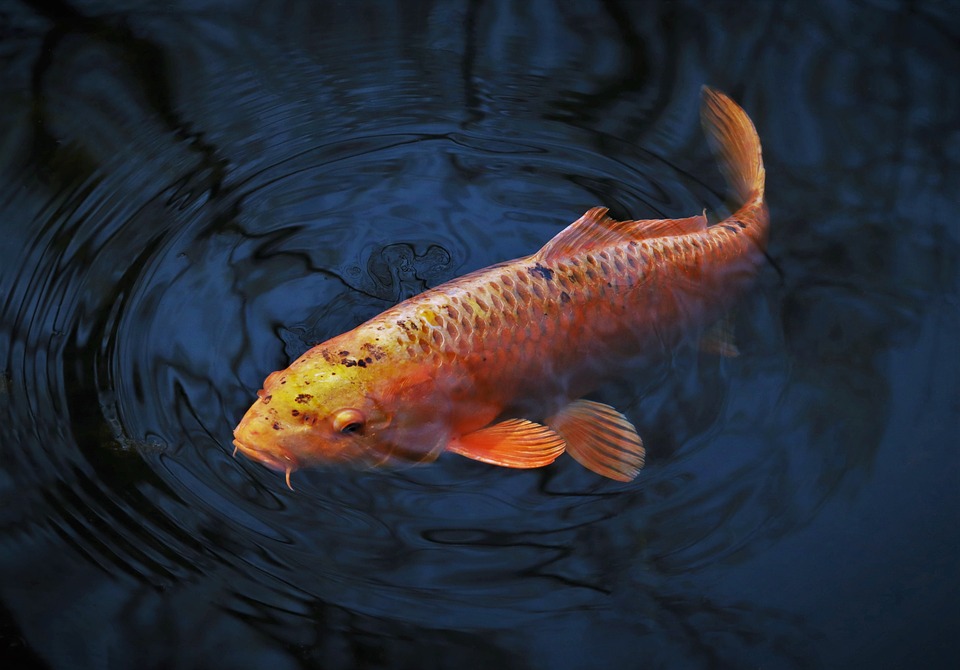The concept of romantic love has been a source of fascination and intrigue for centuries. From poets and philosophers to psychologists and scientists, people have sought to understand the mysterious and powerful force that drives us to form deep emotional connections with others.
In recent years, researchers have made significant advances in our understanding of how romantic feelings develop and evolve over time. Modern studies have shed light on the psychological and physiological processes that underlie our experiences of love, providing valuable insights into the nature of this complex emotion.
One important aspect of romantic love that researchers have focused on is the transition from liking someone to loving them. This shift from initial attraction to deeper emotions is a key stage in the development of a romantic relationship, and understanding how and why it occurs can offer valuable insights into the dynamics of love.
According to psychologist Dr. Helen Fisher, the process of falling in love involves a complex interplay of hormones and neurotransmitters in the brain. When we first meet someone we are attracted to, our brains release chemicals like dopamine and norepinephrine, which are associated with feelings of pleasure and excitement. These initial feelings of infatuation are often characterized by a strong physical attraction and a desire to spend time with the other person.
As the relationship progresses and we get to know the other person better, our brains start to produce higher levels of oxytocin and vasopressin, hormones that are associated with feelings of bonding and attachment. These chemicals help to deepen our emotional connection with our partner and foster feelings of trust, intimacy, and loyalty.
In a study published in the journal Psychological Science, researchers found that the transition from liking to loving someone is associated with changes in the brain regions involved in reward processing and emotional regulation. When we feel love for someone, our brains show increased activity in the ventral tegmental area and the nucleus accumbens, areas that are associated with feelings of pleasure and reward.
Overall, the evolution of romantic feelings from liking to loving someone is a complex and multifaceted process that involves both psychological and physiological factors. By understanding the mechanisms that underlie this transition, researchers hope to gain a deeper insight into the nature of love and relationships and to develop more effective strategies for promoting healthy and lasting connections between individuals.
Source:
https://www.psychologicalscience.org/news/releases/what-drives-the-transition-from-liking-someone-to-loving-them.html






























Add Comment